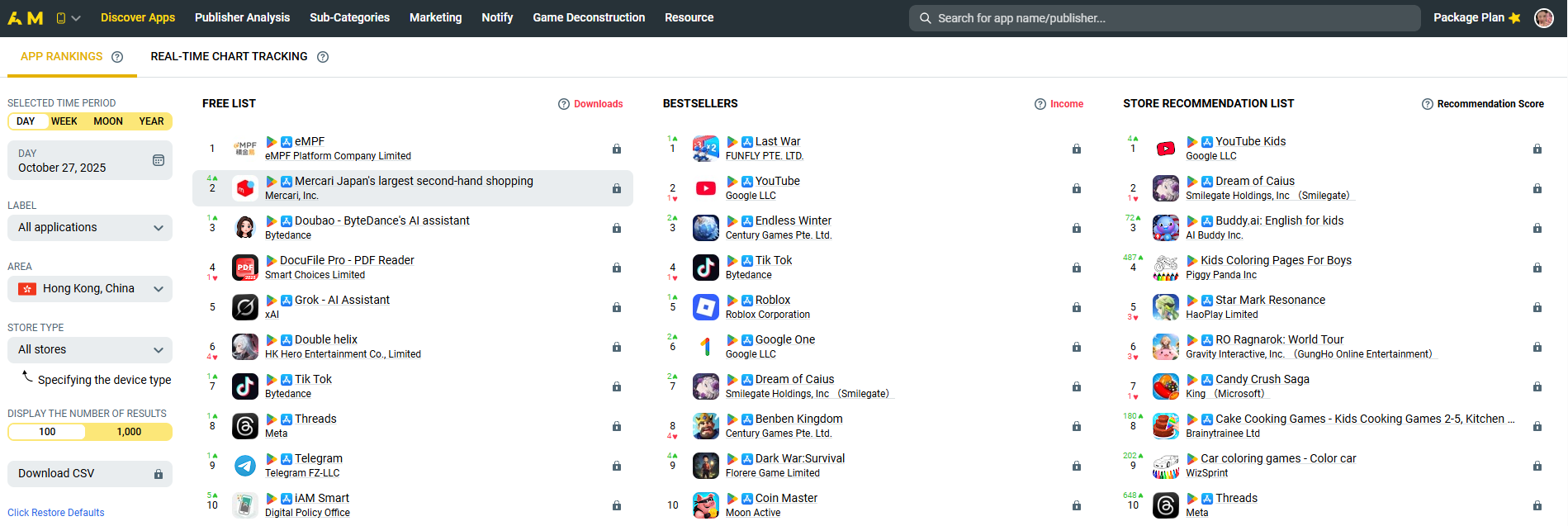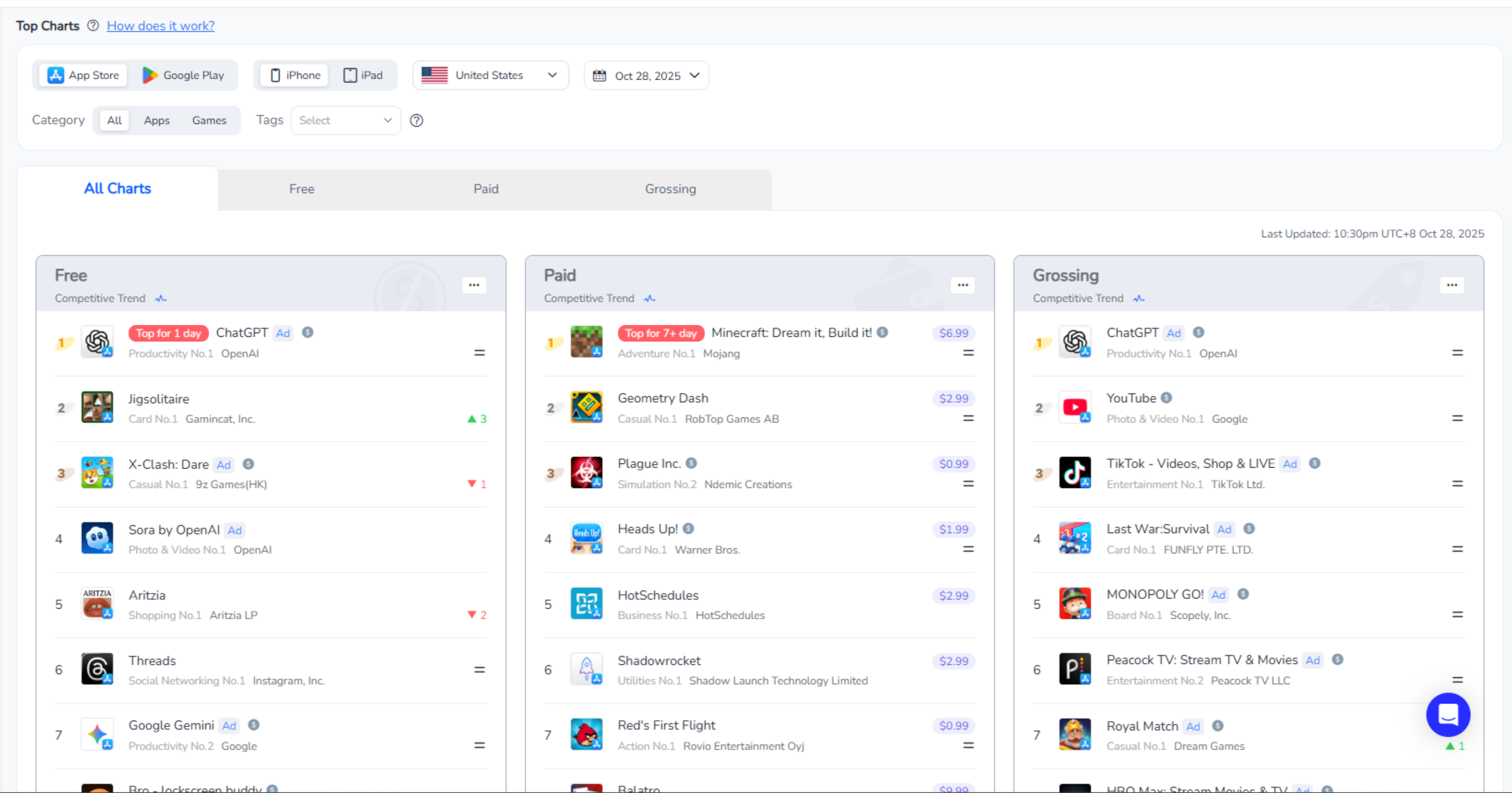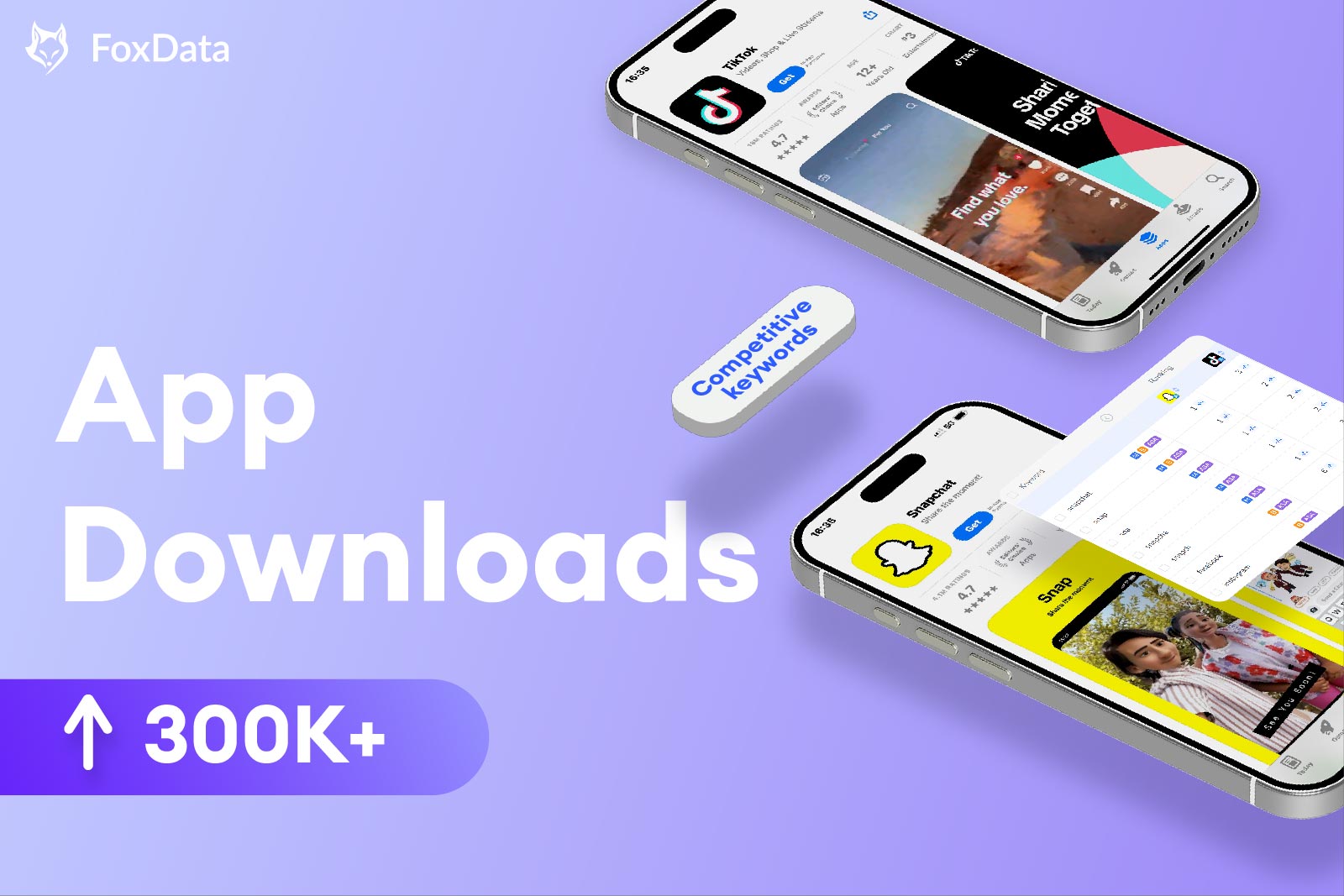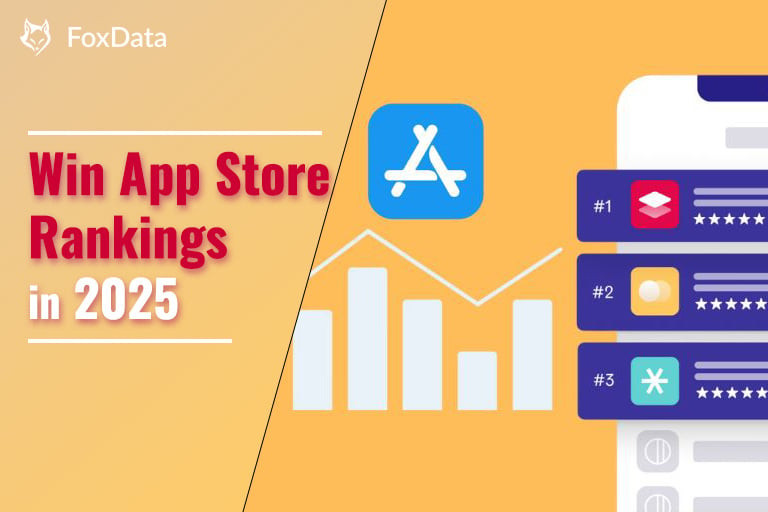
Did you know? According to reports from FoxData and multiple other sources, the global mobile app market has surpassed USD 400 billion, with organic store traffic contributing over 50% of total app installs. Globally, more than 70% of app teams have included ASO (App Store Optimization) as one of their core growth strategies.
However, in reality, the majority of teams still struggle with three recurring pain points:
👉 Fragmented data makes it hard to grasp competitive trends
A mobile game studio once spent two weeks collecting keyword rankings and competitor download data from the App Store, Google Play, and various third-party tracking tools before a new version launch. By the time the data was ready, their competitors had already updated icons, revised descriptions, and launched promotional campaigns. The team ended up “running behind” instead of “staying ahead.”
👉 Lack of a closed-loop keyword strategy
An education app team changed keywords every week but never systematically tracked keyword conversions. When rankings dropped, they replaced keywords at random, creating short-term volatility while failing to identify which ones truly brought high-quality users. The result: input and output became completely decoupled.
👉 Complex reports that rarely translate into action
Simple keyword stuffing or screenshot tweaks are no longer enough to drive real user growth.
A productivity app team exported more than a dozen reports each week from multiple sources and spent an hour reviewing charts at weekly meetings—only to end up asking, “So what do we actually do next week?” Data became “documentation,” not “action instructions.”
ASO has entered a new era—one driven by data intelligence. It’s no longer about who spends the most, but who moves faster and sees clearer.
Among various tools on the market, AppMagic stands out for its extensive market intelligence and categorized analytics, while rising challenger FoxData has gained widespread attention for its real-time responsiveness, agile collaboration, and cost-effectiveness.
This article compares the two from a hands-on perspective across four core dimensions: data coverage, workflow efficiency, actionability, and cost-effectiveness—cutting through concepts and parameters to reveal which ASO tool can truly turn growth into measurable outcomes.
The Full Lifecycle of ASO
A standardized ASO workflow typically includes five stages:
1️⃣ Market and competitive research
2️⃣ Keyword discovery and tracking
3️⃣ Metadata and creative optimization
4️⃣ Performance tracking and continuous improvement
5️⃣ Insight expansion and cross-functional integration
We evaluate AppMagic and FoxData across all five stages.
Stage 1: Market & Competitive Research — From Trends to Opportunities, From Data to Potential
According to global ranking data, AppMagic’s dashboard-style interface provides a structured path from “App Discovery → Publisher Analysis → Category Breakdown,” while FoxData focuses more on real-time tracking and dynamic trend visualization.
🔍 Summary Insight:
AppMagic resembles a “market almanac”—macro, systematic, and comprehensive.
FoxData resembles a “battle map”—real-time, dynamic, and intuitive.
Stage 2: Keyword Research — Winning by Both Speed and Precision
Keywords define an app’s visibility and ultimately shape its growth ceiling. Each tool takes a distinct approach to keyword discovery, tracking, and analysis.
User Experience Review:
AppMagic’s keyword reports are more systematic and suited for strategic oversight, while FoxData is lighter and faster for hands-on adjustments to market changes.
In brief:
AppMagic sees the big picture; FoxData runs the front line.
Stage 3: Metadata & Creative Optimization — Making Change Visible, Making Optimization Measurable
The app store listing page is the critical point of conversion—where every word, icon, or screenshot can make or break install rates.
Insight Summary:
AppMagic fits long-term creative review and retrospection; FoxData excels in real-time feedback and visual experiments, making optimization immediately actionable.
Stage 4: Performance Tracking & Continuous Optimization — Shorter Feedback Loops, Faster Decisions
In continuous improvement cycles, refresh speed and closed-loop feedback determine a tool’s true power.
Summary:
- AppMagic: Rich data architecture and deep analytics for strategic reporting.
- FoxData: Real-time data and rapid feedback for daily operations.
Pricing & Cost Structure — Flexible Design, Team-friendly Rhythm
When choosing ASO tools, the available budget often defines how far a team can go.
AppMagic and FoxData adopt entirely different pricing models: the former offers enterprise-level, annual licensing; the latter emphasizes modular flexibility and low-barrier subscription access.
AppMagic Pricing Plans — Full Data Access + Add-on Modules
According to AppMagic’s official membership structure, it uses a B2B-style “core plan + optional modules” model billed annually.
AppMagic pricing is quote-based via sales, typically starting at about $199/month (annual billing).
Separate module pricing allows enterprise teams to customize for strategic analysis and multi-department collaboration.
FoxData Pricing Plans — Lightweight Start, Flexible Scale
As shown on its latest pricing page, FoxData offers transparent monthly subscriptions with the option to cancel anytime and a 7-day free trial.
💡 Each plan includes core functionalities (Keyword Analysis, ASO Optimization, App Analytics, Download Intelligence) and can be upgraded to include:
● ASO Impact Analysis – linking keyword shifts to install volume
● Download Intelligence – cross-market install and ranking data
● Custom Product Pages Explorer – conversion tracking for CPPs
FoxData supports monthly, quarterly, or yearly billing, with up to 5% annual prepay discount. Pricing is transparent and predictable.
📊 One-line Review:
AppMagic wins on completeness;
FoxData wins on agility, flexibility, and low experimentation cost.
(Note: AppMagic is primarily annual-license-based; actual prices vary by customized plan.)
Conclusion: Choosing the Right Rhythm Matters More Than Choosing the Most Expensive Tool
Growth is not about piling up features—it’s about aligning the decision rhythm with team capability.
The true value of an ASO tool lies in shortening the distance from data to action.
When mapped onto an enterprise growth timeline:
- AppMagic acts as a seasoned market researcher, excelling in long-term competitive analysis and strategic planning.
- FoxData functions as an agile growth operator, focusing on real-time monitoring, rapid experimentation, and team collaboration.
For teams building or validating their ASO frameworks, FoxData’s modular subscriptions and low trial threshold provide a smart, efficient start. For companies entering a stable strategic phase, AppMagic’s comprehensive market intelligence ensures sustained insights.
👉 Start your free FoxData trial today and discover your team’s ideal growth rhythm—powered by real, actionable data.
All content, layout and frame code of all FoxData blog sections belong to the original content and technical team, all reproduction and references need to indicate the source and link in the obvious position, otherwise legal responsibility will be pursued.
 Keywords Research
Keywords Research  Reviews Management
Reviews Management  User Activity Monitoring
User Activity Monitoring  User Retention Analytics
User Retention Analytics  Global Market Research Top Charts
Global Market Research Top Charts  Trending Apps Bidding Keyword Analysis Ad Creatives Analysis AI App Marketing
Trending Apps Bidding Keyword Analysis Ad Creatives Analysis AI App Marketing  Keyword Tools Rating & Reviews Tools App Marketing Research Store Insights Est. App Downloads Est. App Revenue App Data Analysis
Keyword Tools Rating & Reviews Tools App Marketing Research Store Insights Est. App Downloads Est. App Revenue App Data Analysis 








